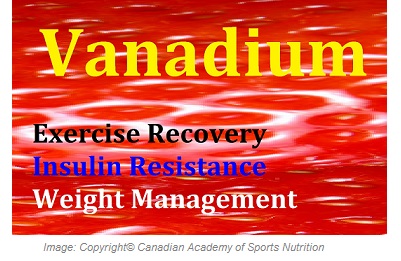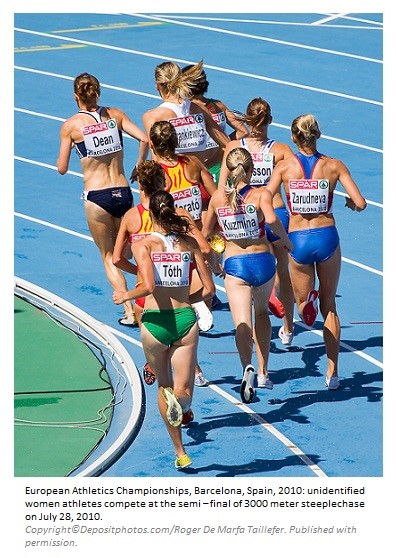 It is a controversial mineral in sports nutrition and has been claimed to have a positive impact on athletic performance. Acting like the mineral chromium, vanadium may improve sensitivity of the cells to insulin. This is why it is considered as “insulin mimetic”. It may be important in bone health as well.
It is a controversial mineral in sports nutrition and has been claimed to have a positive impact on athletic performance. Acting like the mineral chromium, vanadium may improve sensitivity of the cells to insulin. This is why it is considered as “insulin mimetic”. It may be important in bone health as well.
Food Sources and Absorption:
Foods high in vanadium are cabbage, mushroom, parsley, dill, radish, spinach, black pepper, green beans, buckwheat, carrots and oysters.Approximately 5% of dietary vanadium is absorbed. Most of the vanadium intake through foods is eliminated via stools. An average person has totally 22 mg of vanadium in the body with the highest concentration in the bones followed by liver, spleen, and adipose tissues.
Athletic Benefits of Vanadium:
b) Increases athletic endurance.
c) May help increase muscle mass by enhancing the uptake of creatine by the muscles.
d) May increase muscle strength by causing forceful muscle contractions. Vanadium inhibits the enzyme sodium – potassium ATPase. This enzyme pumps sodium to outside of the cells and potassium to inside of the cells in the heart, smooth and skeletal muscles, maintaining sodium level low and potassium level high within the cells. When this pump is blocked by vanadium, sodium concentration rises inside the cells followed by calcium concentration. The rise in calcium inside the cells increases the force of contractions mainly in the heart and smooth vascular muscles and to some extent in the skeletal muscles.
Non – Athletic Benefits of Vanadium:
The following conditions may benefit from vanadium:- Diabetes.
- Insulin resistance syndrome.
- Polycystic ovarian syndrome (PCOS).
- Osteoporosis.
- Weight management.
Dosage and Side Effects:
No RDA has been established for vanadium. However, adults may need 8 – 10 mcg of vanadium per day. Western diets provide about 10 – 20 mcg of vanadium per day. The tolerable upper intake level for elemental vanadium in adults is 1.8 mg per day.
Vanadium is available as food supplements as well. Different products of vanadium supplements contain different amounts of elemental vanadium. To benefit athletic performance, up to 50 mg of vanadyl sulfate can be taken daily.
Common side effects of high doses of vanadium include stomach upset, diarrhea, nausea, vomiting, bloating, greenish color of the tongue, and decreased energy level.
Interactions and Contraindications:

Vanadium should be avoided in the following conditions:
- Kidney diseases.
- Liver diseases.
- Anemia.
- Compromised immune system, such as HIV.
- High cholesterol level.
- Leukopenia (decreased white blood cells).
- Infections.
The potential interactions are:
- Insulin and anti – diabetic medications: vanadium may increase their effectiveness.
- Digoxin: vanadium may increase its effectiveness.
- Anticoagulants (blood thinners): vanadium may increase their effectiveness and risk of bleeding.
- MAO inhibitors: these anti – depressants antagonize the effects of vanadium.
- Magnesium: vanadium may increase the blood levels of magnesium.

